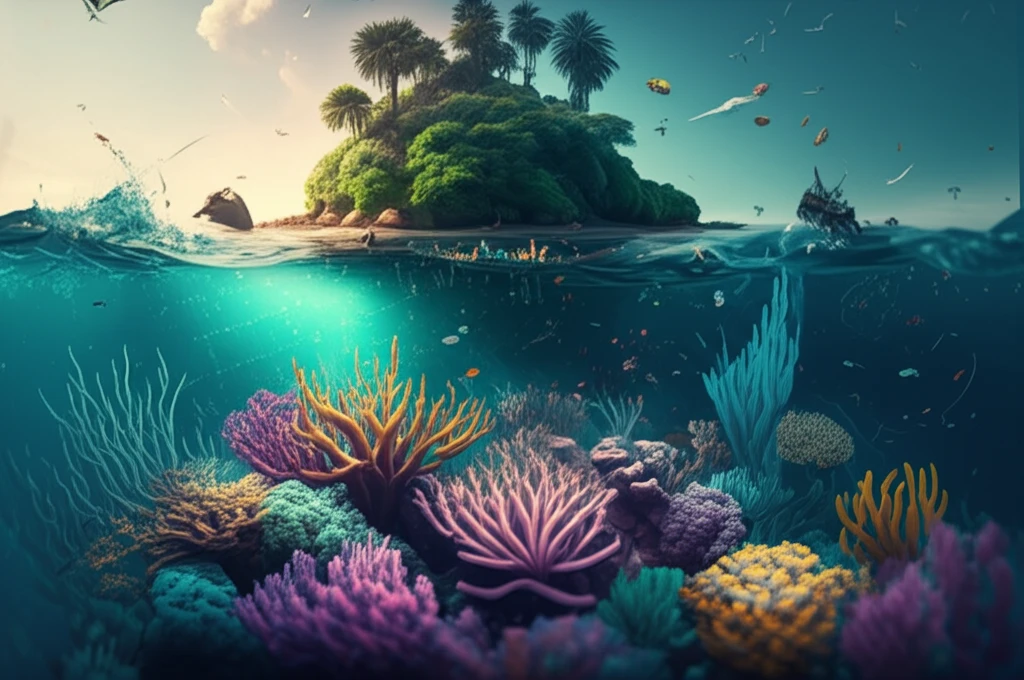
Blue Finance: How Seychelles is Pioneering Debt-for-Nature Swaps
"A deep dive into the innovative financial model restructuring Seychelles' debt for marine conservation and its implications for global sustainability."
The concept of the 'frontier' often conjures images of unexplored territories ripe with potential. Today, that frontier extends to the ocean, particularly the Exclusive Economic Zones (EEZs) of Small Island Developing States (SIDS). These ocean spaces are now seen as prime locations for innovative governance arrangements focused on conservation and sustainable development. This shift has drawn significant attention from environmental NGOs, United Nations agencies, philanthropic organizations, and the private sector, all eager to participate in shaping the future of these 'Large Ocean States'.
SIDS are strategically positioning themselves to articulate their preferred development paths, negotiating partnerships and EEZ arrangements with various stakeholders. Many of these efforts are framed within the context of the 'blue economy' and the UN Sustainable Development Goal 14: Life Below Water (SDG14), highlighting the critical importance of marine resources for sustainable development.
One notable example of this trend is the Debt Restructuring for Marine Conservation and Climate Adaptation Program, often referred to as 'the Swap.' This initiative, convened by The Nature Conservancy's (TNC) 'NatureVest' division in collaboration with the Government of the Republic of Seychelles, draws inspiration from the nearly 40-year-old 'debt-for-nature' model. The Swap aims to purchase and restructure Seychelles' debt, ultimately relieving the government of US$21.6 million owed to the Paris Club of Creditors.
The Seychelles' Innovative Approach to Marine Conservation

The Swap represents a significant step forward in how nations can address both economic challenges and environmental imperatives. By integrating private capital and focusing specifically on ocean spaces, the Seychelles is pioneering a new approach to conservation finance. The government has committed to marine spatial planning across its 1.37 million km² EEZ, with a goal of managing 30% for conservation purposes, including 15% designated as 'no-take' Large Marine Protected Areas (LMPAs).
- Integrating private capital through "impact investors."
- Focusing on specific ocean spaces and ecosystems for conservation.
- Committing to marine spatial planning across its Exclusive Economic Zone (EEZ).
- Managing a significant portion of its EEZ for conservation, including no-take zones.
A Model for the Future?
The Seychelles' debt-for-nature swap offers a compelling example of how innovative financial models can drive marine conservation and sustainable development. By attracting impact investors and prioritizing ocean governance, the Republic of Seychelles is setting a new standard for SIDS. This initiative not only addresses economic challenges but also paves the way for a more sustainable future, highlighting the critical role of ocean resources in achieving global sustainability goals.
